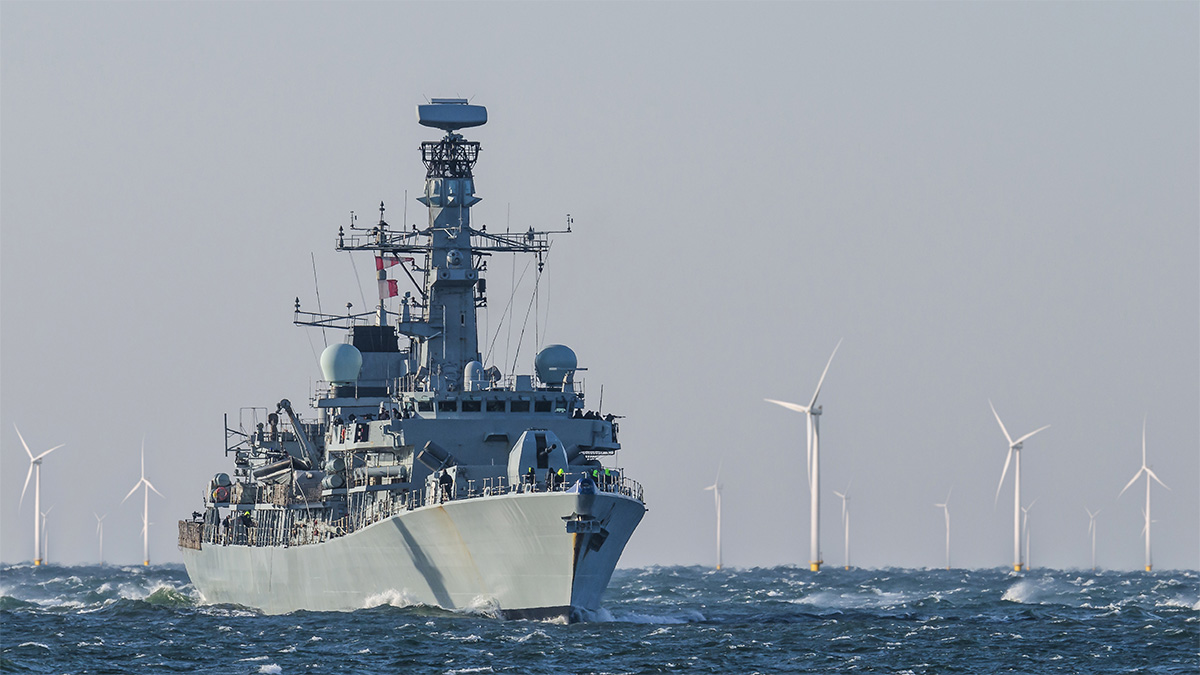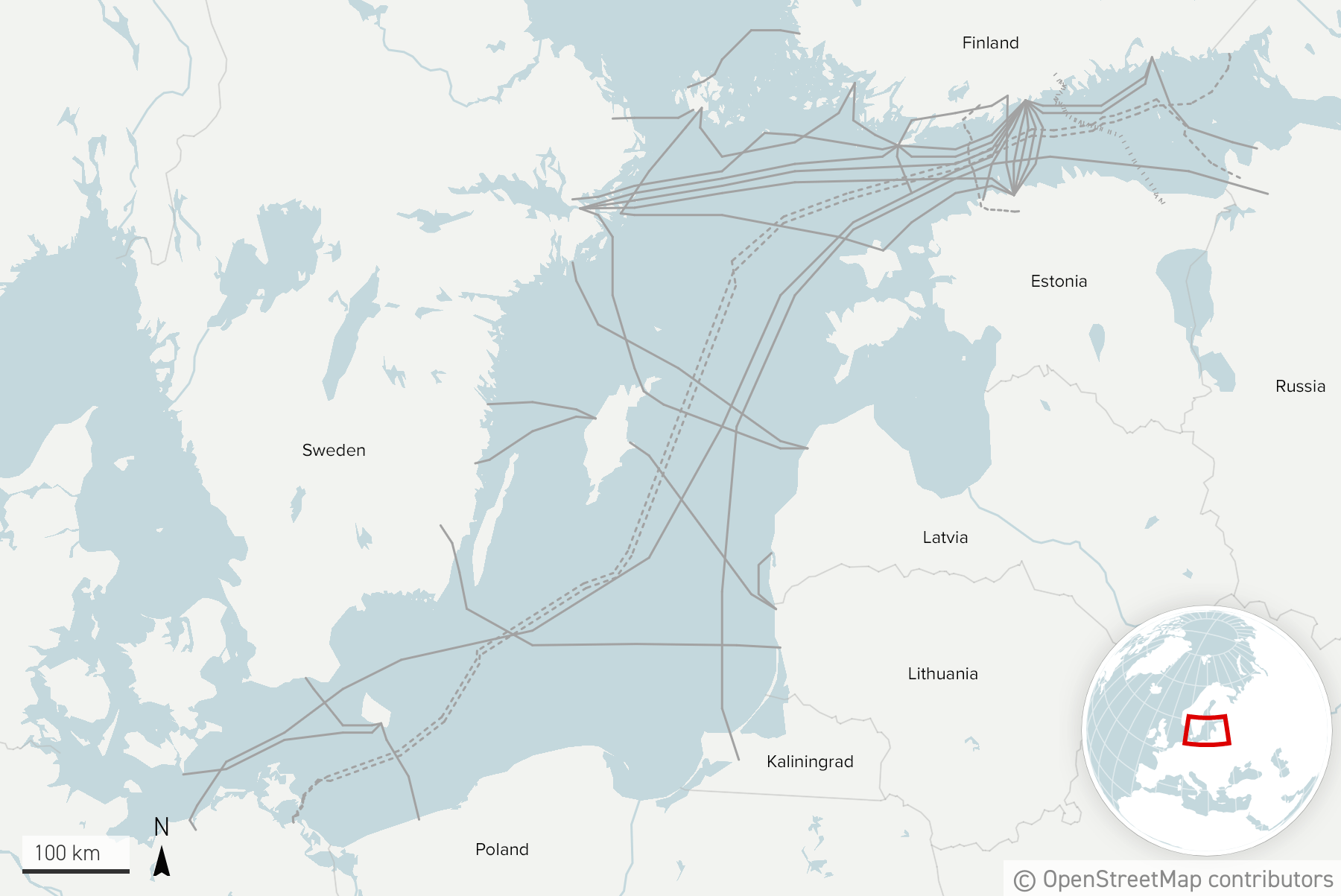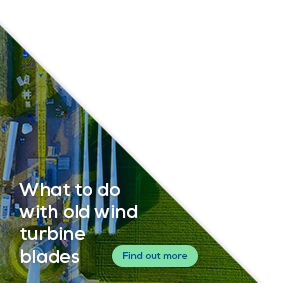News
New collaborations to ensure physical and cybersecurity of wind turbines

25 April 2025
Europe’s geopolitical situation has changed fundamentally since the Russian invasion of Ukraine in 2022. Europe is rethinking its security strategy. That includes energy security. It is now building more domestic renewables to make its energy supply more resilient. But it also needs to improve the physical protection of existing and planned energy generation assets. Physical and cyberattacks on critical energy infrastructure are on the rise. WindEurope is stepping up by joining new cross-sectoral collaborations to enhance the security of Europe’s wind turbines.
Physical and cyberattacks on Europe’s critical energy infrastructure are a reality. The threat level has increased significantly since Russia invaded Ukraine.
The Nord Stream 2 incident in 2022 seriously threatened Europe’s gas and energy security – with long-lasting economic repercussions for European businesses and households. But it has not been the only attack on subsea energy infrastructure since. The Baltic Sea has registered at least six suspected sabotage incidents aimed at electricity and internet cables since 2022, with 11 known undersea cables taken out since 2023. Submarine electricity cables are key to energy security, connecting electricity markets and bringing offshore renewable energy to shore.

WindEurope 2025: active dialogue with defence representatives
WindEurope is working towards stronger cooperation between the wind energy sector and defence institutions to address security challenges collectively. This includes the Symbiosis Project which aims to facilitate the co-existence of offshore wind and defence operations.
The WindEurope Annual Event 2025 in Copenhagen gathered more participants from the defence sector than ever before – from NATO, the European Defence Agency (EDA) and various national military organizations.
New collaborations to ensure wind turbine security
Offshore wind farms and defence activities can coexist. In fact, wind farms can contribute to security at sea. Installing sensors and radars in offshore wind farms can enhance the surveillance capabilities of Europe’s coastguards and armed forces and increase the security of the societies they protect. Wind farms can become “eyes and ears”, detecting and mitigating hybrid malicious activities at sea. WindEurope is actively working with the defence and security sector to better understand their needs and how wind farms can assist here.
Enhanced security comes at a cost, but this cost represents only a small fraction of the total investment in an offshore wind farm. WindEurope is committed to developing a balanced and thoughtful response to this challenge, ensuring that the discussion around who should bear these additional expenses is grounded in a well-informed and constructive framework. To move forward effectively, the European wind industry needs clearer guidance and stronger support in adopting advanced security measures—both physical and cyber. Robust security protocols can secure and improve Europe’s infrastructure against potential attacks and ensure resilience and continuous electricity supply.
New collaborations should include:
- Security from the outset: proactive security planning should integrate security considerations from the initial project development stages.
- Regular information sharing: policymakers should help facilitate and institutionalise open lines of communication between the wind industry and the defence sector.
- Operational readiness: Europe needs a “911 emergency number” for offshore wind incidents. Speed is of the essence here. Security measures and emergency response plans should apply international standards.
- Training and simulations: regular training and simulation drills should prepare for security incidents.
European technology to ensure cyber security
Wind turbines are packed with electronics and sensors which gather a wealth of operational data. This makes wind turbines potential targets for cyberattacks.
The EU’s Network and Information System Directive (NIS2) expands cybersecurity rules to 18 sectors, including energy. Wind turbine operators must follow strict risk and reporting rules. New energy-specific rules are coming, including a cybersecurity code for the electricity sector and national strategies covering renewables.
To ensure Europe’s energy system resilience, it is critical Governments apply cybersecurity and data protection as pre-qualification criteria in wind energy auctions and public procurement strategies.

